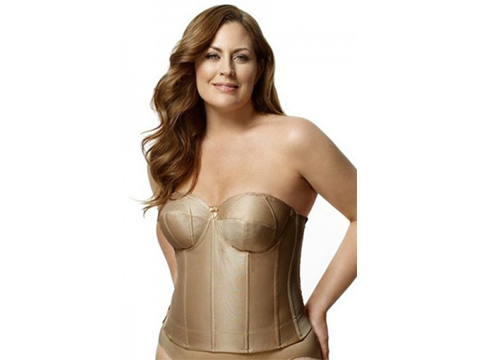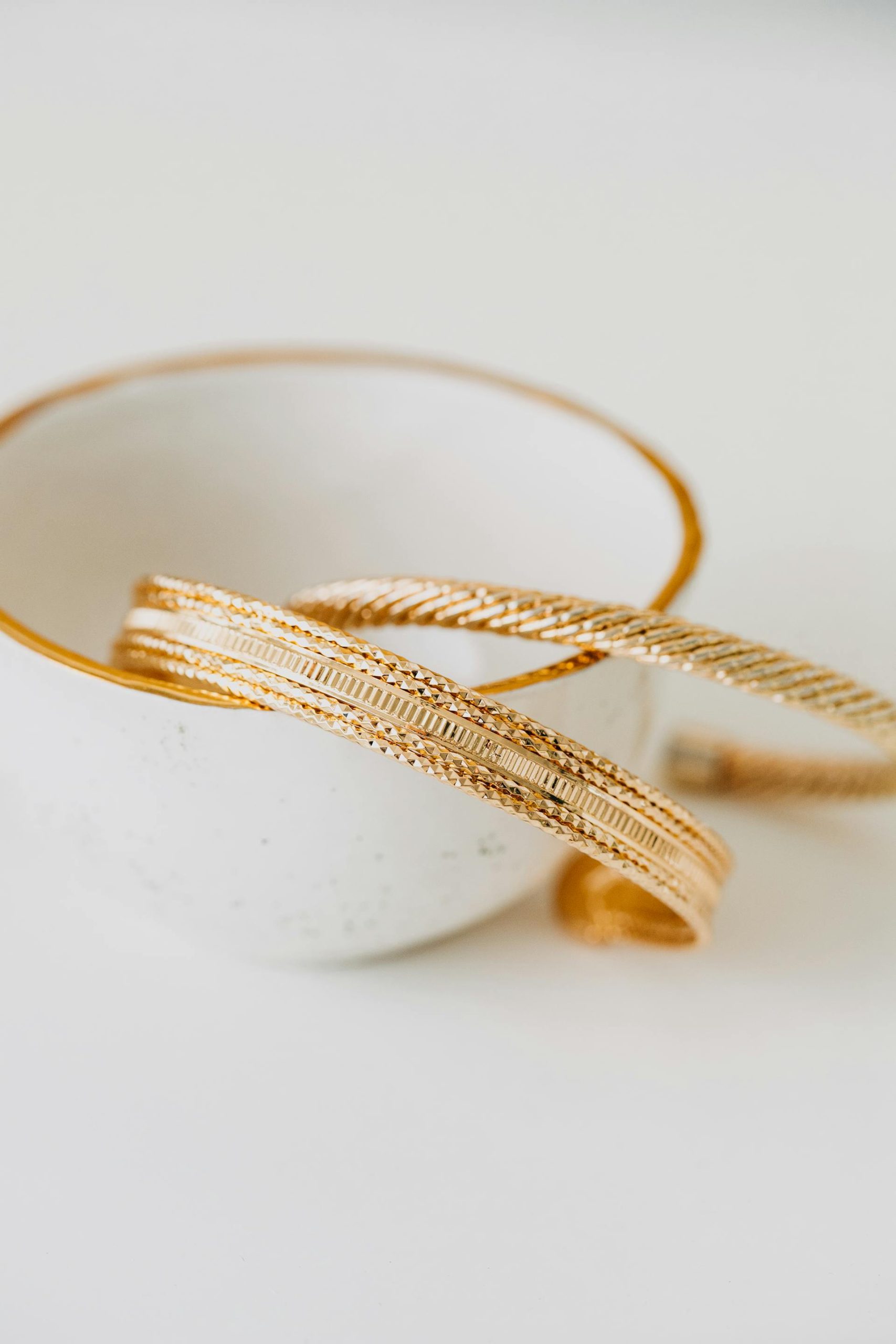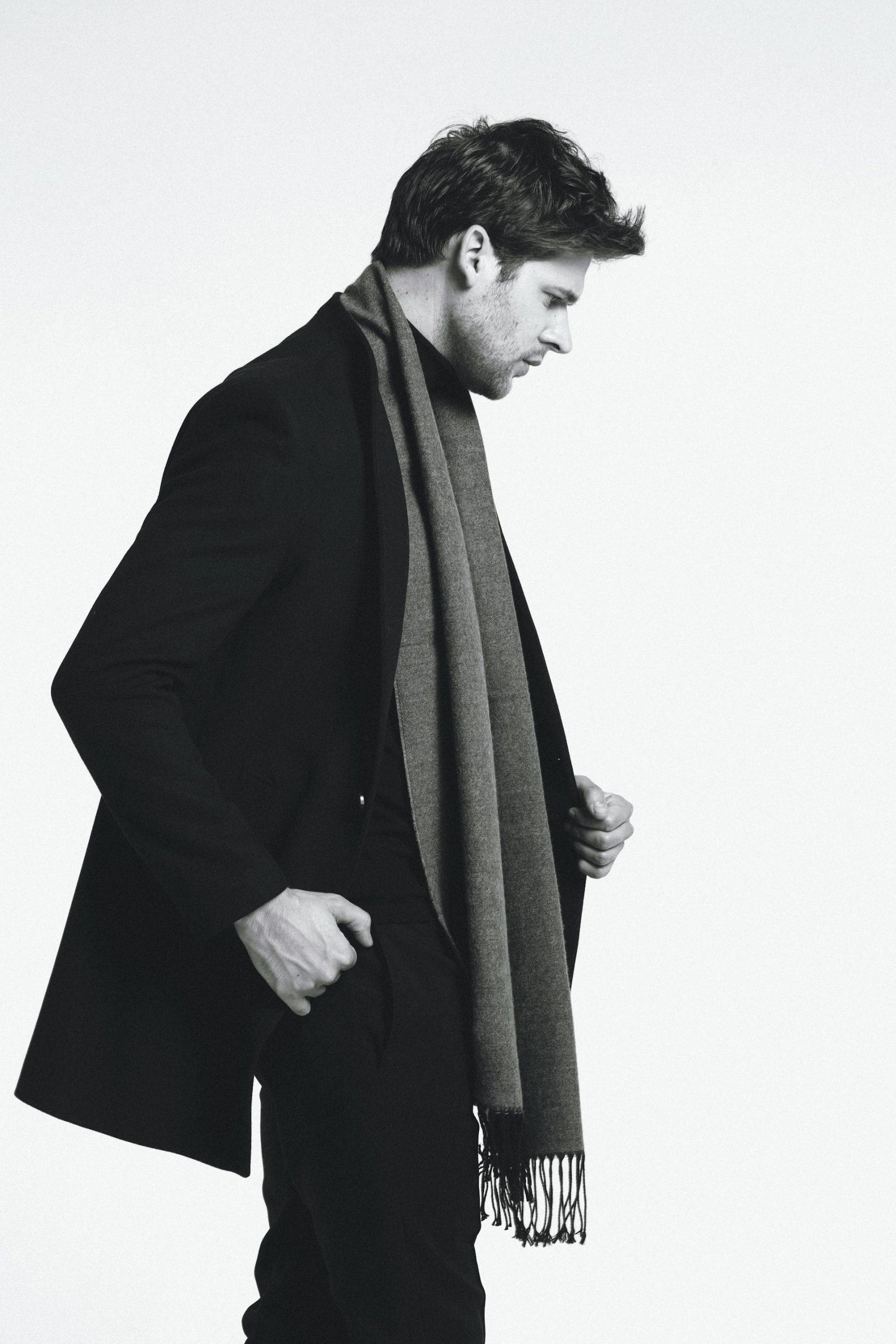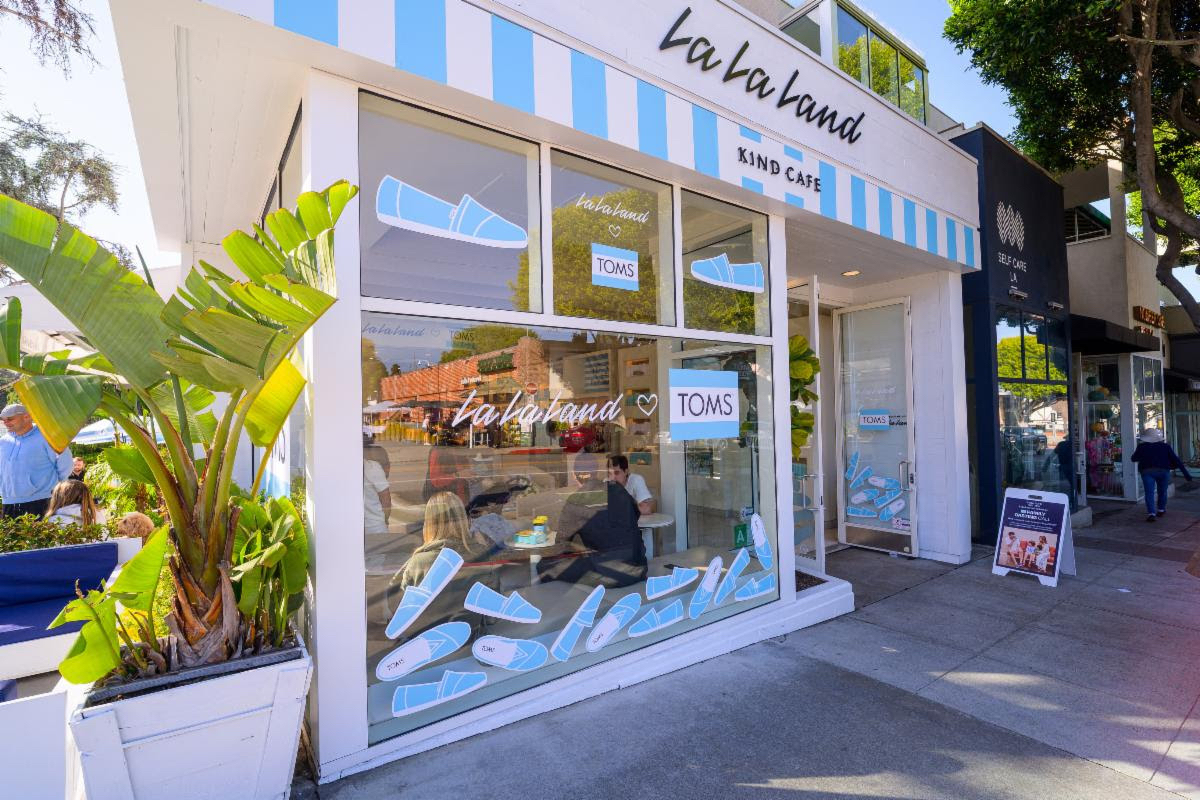Per Statistica: “In 2024, there were an estimated 1.03 billion mobile augmented reality (AR) users worldwide, a market that is based on monthly active users of AR experiences on mobile devices, including apps, web AR, and visual search. In 2025, there will be an estimated 1.07 billion mobile AR users, with this figure expected to jump to 1.19 billion by 2028”. What is the role of augmented reality in virtual fittings?

AR allows consumers to try on products virtually, bridging the gap between online and in-person shopping.
The integration of augmented reality (AR) into virtual fittings has transformed how consumers shop for apparel, accessories and even eyewear, by allowing customers to see how a piece of clothing will fit on their body in real time. The days of physically trying on outfits or visiting stores for the perfect fit are being replaced by digital solutions.
AR, an interactive experience that enhances real-world objects with computer-generated sensory encounters, has potential to change how society interfaces with technology. AR allows consumers to try on products virtually, bridging the gap between online and in-person shopping.
This technology has become particularly significant in a post-pandemic world, where people turned to online shopping out of necessity. AR-powered virtual fittings provide an effective way to visualise how an item might look or fit in the real world, whether it’s a dress, a pair of glasses, or even a piece of furniture.
As AR tools become advanced, their adoption is being championed by major fashion and beauty brands and supported by a growing interest from consumers seeking an effortless interactive shopping experience. Let’s examine the role of AR in the digital retail experience.
The Origin and Rise of Augmented Reality in Virtual Fittings
The journey of augmented reality in virtual fittings began with technological experiments that blurred the line between the physical and digital worlds. While AR as a concept dates back to the 1960s, its commercial application in retail gained traction in the late 2000s.
Early adopters, such as IKEA, introduced AR tools to help customers visualise how furniture would look in their homes. GAP Inc. has employing this technology with Dressing Room, a Google Tango-enabled gadget that allows users to customise an avatar based on their body type so they may see how different apparel appears on them from various angles. LVMH debuted Virtual Artist in collaboration with ModiFace, which was reportedly downloaded 10 million times, permitting buyers to try cosmetics using their mobile camera.
Over the past decade, AR has evolved into a sophisticated and integral component of the retail experience. Google’s virtual try-on tool shows how clothes look on real models. Its generative AI model can take just one clothing image and accurately reflect how it would drape, fold, cling, stretch and form wrinkles and shadows on a diverse set of real models, in sizes XXS-4XL with different skin tones, body shapes, and hair types.
ASOS launched ‘See My Fit,’ an AR tool that allows consumers to view an outfit on different body types. ZARA uses augmented reality to bring virtual models to life in-store; customers who download Zara AR app can hold up their phone to in-store sensors and see models come to life on their screens—wearing select items from Zara which they could click and buy.
Nike was at the forefront of tech by launching a metaverse and web3-enabled community. Now, Nike Air Jordan Miles Morales Shoe Try-On allows consumers to virtually wear a pair of Nike Miles Morales shoes, which provides a convenient and immersive way to see how the shoes look and fit, without having to physically go to a store. Or, Gucci’s AR shoe try-on app, where consumers simply launch the Gucci app on their phone, point the camera at their feet and choose between multiple versions to get an accurate idea of how the sneakers will look on them. With that, Gucci is increasingly leveraging web3 technologies to maintain its competitive edge in luxury fashion.
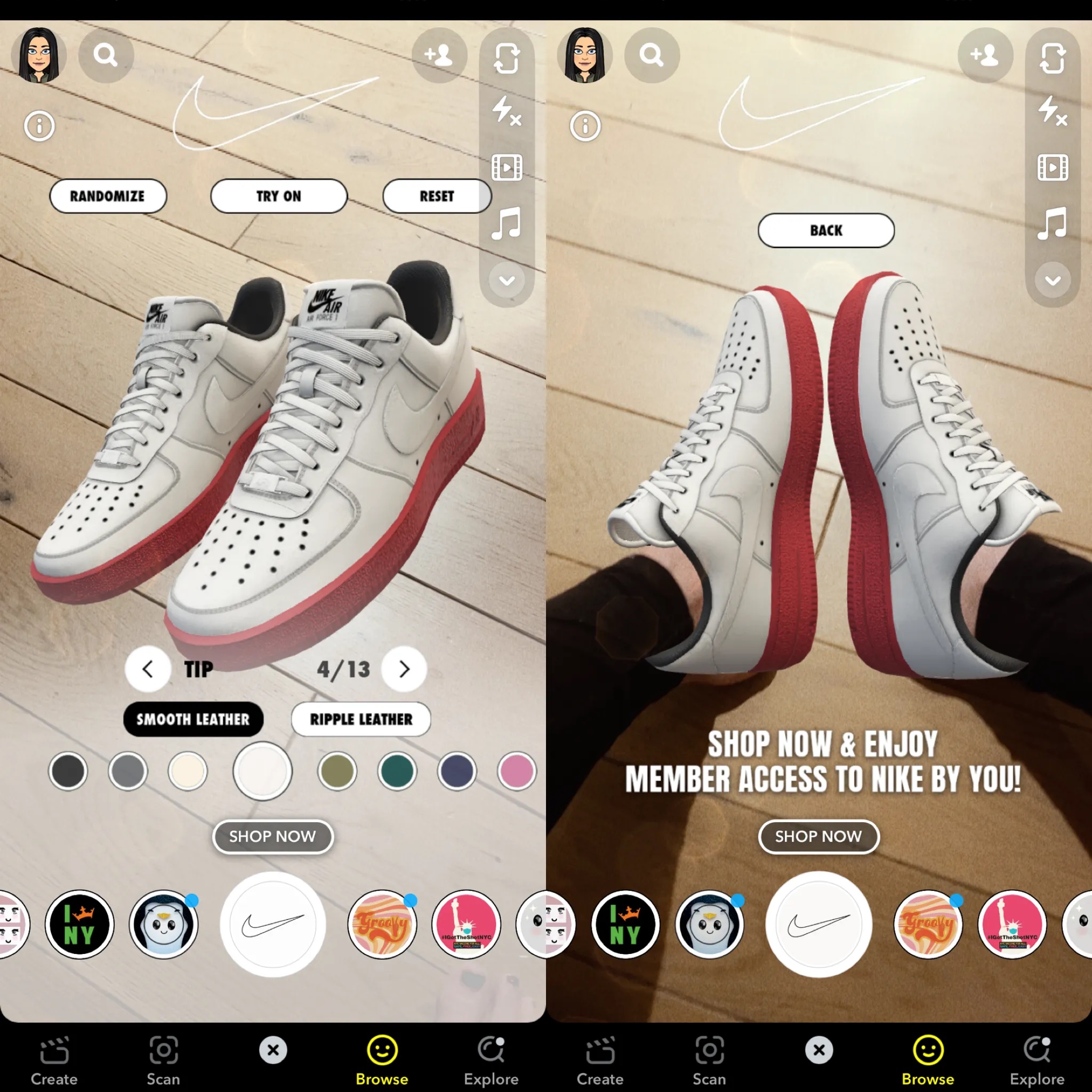
Nike Air Jordan Miles Morales Shoe Try-On allows consumers to virtually wear a pair
Recent advances have taken AR from simple overlay technology to hyper-realistic simulations. The Catalog-Powered Shopping Lenses on Snapchat combines the scale and efficiency of commerce catalogs with the personalisation and performance of AR, resulting in a powerful AR experience built to present multiple products from a catalog in a single lens. Shopping Lenses dynamically pulls in the product name and price from the catalog and visually presents this information in its on-screen Lens Product Cards.
This shift is part of a broader trend in the fashion industry, where luxury brands are increasingly incorporating technological innovations to enhance both the functionality and appeal of their products. Sephora makeup app uses facial recognition to empower customers to try on products anywhere. The app scans their face, detects eyes, lips, and cheeks for product placement, and lets them try on makeup virtually to see just what an eyeliner or lipstick would look like on them.
L’Oréal SA has been expanding its use of AR and AI. Focusing on evolving into a Beauty Tech powerhouse with continuous innovations and breakthroughs, it was the first brand in the professional haircare industry to scale pioneering 3D real-time hair colour try-on service on its ‘Style My Hair’ app to offer consumers a unique, personalised service that allows them to ‘try on’ hair colours before committing to a choice.
“At L’Oréal, our global vision for digital is powered by the right mix of emerging technology integrations, including augmented reality and artificial intelligence. Style My Hair 3D is our first initiative to illustrate how L’Oréal is leading the way for a service oriented beauty marketplace,” explains Lubomira Rochet, L’Oréal Chief Digital Officer.
In this manner, augmented reality virtual try-on tools are revolutionising the beauty and fashion industries by offering customers an interactive and personalised shopping experience. These tools allow users to virtually test products, such as makeup, eyewear, apparel, and accessories, from the comfort of their homes. By integrating AR technology into their platforms, brands can eliminate the guesswork traditionally associated with online shopping. This not only enhances customer confidence but also reduces return rates, leading to cost savings for brands and increased customer satisfaction.
AR try-on tools are also a powerful marketing and engagement strategy. They provide a highly immersive experience that captures customer attention, encouraging longer interactions with the brand. By leveraging AR, companies can gather insights into consumer preferences, allowing for more tailored recommendations and targeted campaigns to create a competitive edge in the market.
5 Tips on How Consumers Can Use Augmented Reality in Virtual Fittings
- Use AR-Enabled Apps for Accurate Sizing
Many retailers now offer AR features in their mobile apps that help customers determine their exact size. Before purchasing, explore these tools to get precise measurements and ensure a better fit. - Experiment with Virtual “Try-Ons”
Whether you’re buying clothing, eyewear, or makeup, take advantage of AR-powered try-on features to see how products will look on you. Popular apps like Warby Parker and Sephora offer highly interactive virtual try-ons. - Visualise Home Interiors Before Buying Furniture
AR tools from brands like IKEA and Amazon allow you to visualise how furniture or home decor will look and fit in your space. Simply point your smartphone camera and place items virtually in your living room, bedroom, or office. - Customise Your Shopping Experience
Some AR tools allow you to personalise products before buying them. For instance, you can see how custom colours, patterns, or logos will appear on clothing or accessories before making a decision. - Use Social Media AR Filters for Shopping
Platforms like Instagram and Snapchat have integrated AR tools to make shopping social and fun. Brands often launch AR filters that allow users to try on sunglasses, shoes, or even jewellery before purchasing them through direct links.
Conclusion
Augmented reality has redefined the retail industry, offering convenience, personalisation, and interactivity. From furniture placement to virtual try-ons, AR has provided solutions to everyday shopping challenges, saving time and effort for consumers while fostering innovation for brands.
As AR technology continues to evolve, it is clear that virtual fittings are only the beginning of what’s possible. The collaboration between brands, scientists, and tech companies has positioned AR as a core component of the retail experience.
Given that consumer feedback is positive, both from large companies and small, might one argue that Augmented Reality is a natural choice for the fashion industry? With blockchain advancements in the fashion business and ongoing technical breakthroughs coming at a rapid rate, I do not believe we will have to wait long to see.
Jasmeen Dugal is Associate Editor at FashionABC, contributing her insights on fashion, technology, and sustainability. She brings with herself more than two decades of editorial experience, working for national newspapers and luxury magazines in India.
Jasmeen Dugal has worked with exchange4media as a senior writer contributing articles on the country’s advertising and marketing movements, and then with Condenast India as Net Editor where she helmed Vogue India’s official website in terms of design, layout and daily content. Besides this, she is also an entrepreneur running her own luxury portal, Explosivefashion, which highlights the latest in luxury fashion and hospitality.




